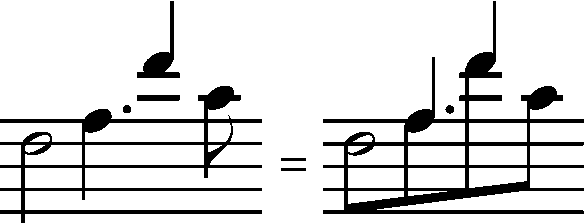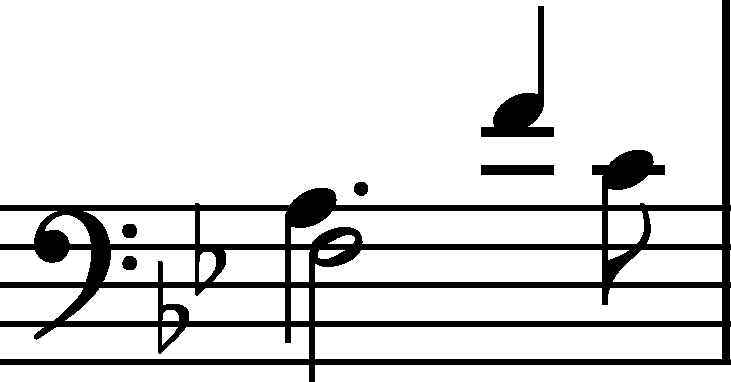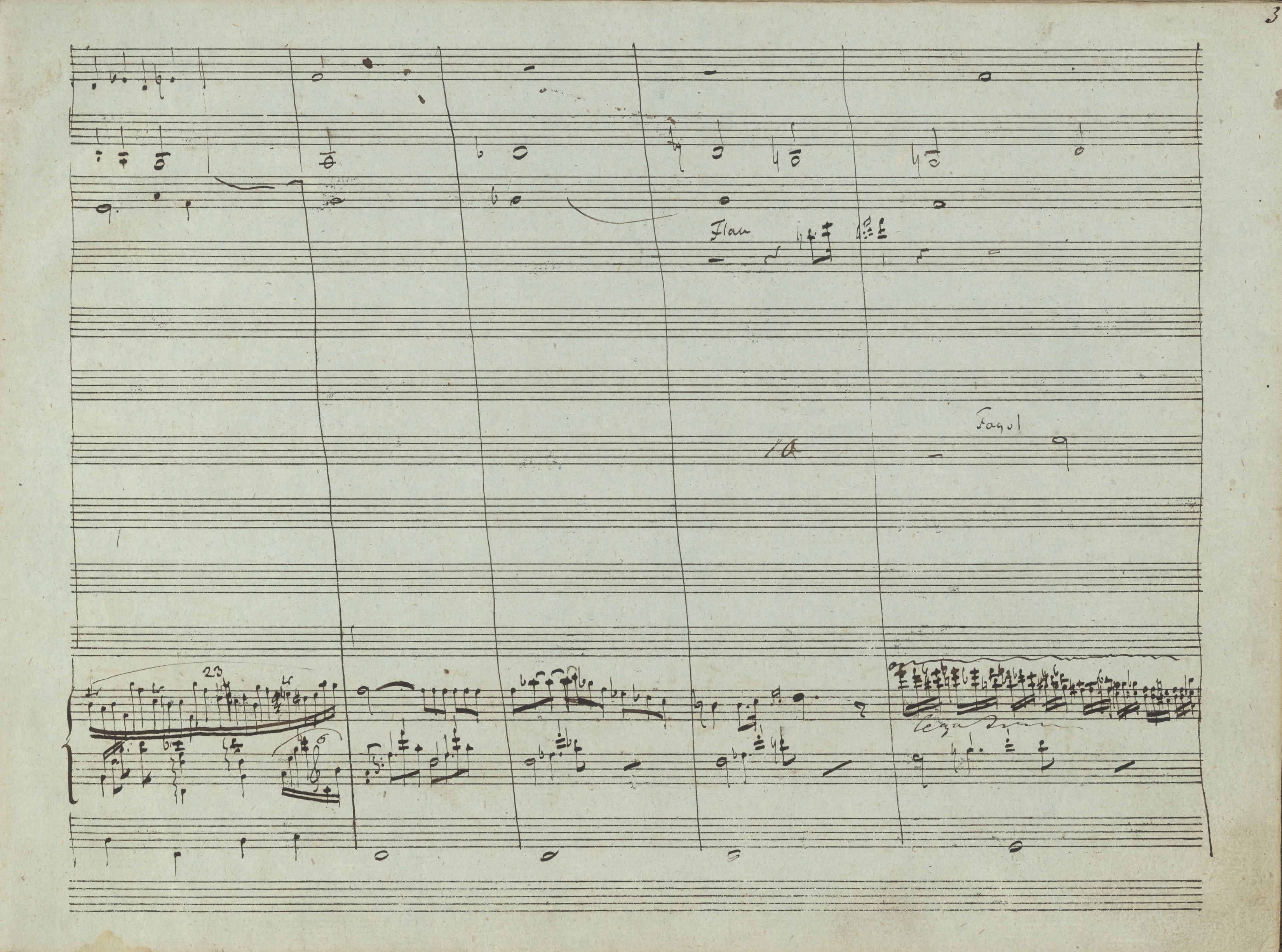



|
|
Crotchets after minims in AsI |
|
|
|
||
|
|
In bars 16-32, the Chopinesque notation of the "harmonic legato" in the L.H. part, in which every next note is held to the end of a given half of the bar, which results in a quasi-four-part notation:  , turned out to be incomprehensible to the engravers. Actually, it has to be admitted that the correct interpretation is hampered by the lack of rests complementing the given voices and by the gaps between the notes in A, not always precise – out of the first five figures (b. 16-18) only two (2nd halves of b. 17 and 18) are provided with clear gaps between the minim and the dotted crotchet. On the other hand, building over the initial minim a pyramid consisting of three rests would be a nuisance both for the writer and for the reader. Chopin presumably assumed that the notation of the 1st half of b. 16 explained the idea behind this accompaniment clearly enough; however, he should have analogously written down a complete, four-quaver figure, as he did in AsI.
, turned out to be incomprehensible to the engravers. Actually, it has to be admitted that the correct interpretation is hampered by the lack of rests complementing the given voices and by the gaps between the notes in A, not always precise – out of the first five figures (b. 16-18) only two (2nd halves of b. 17 and 18) are provided with clear gaps between the minim and the dotted crotchet. On the other hand, building over the initial minim a pyramid consisting of three rests would be a nuisance both for the writer and for the reader. Chopin presumably assumed that the notation of the 1st half of b. 16 explained the idea behind this accompaniment clearly enough; however, he should have analogously written down a complete, four-quaver figure, as he did in AsI.
The traces of corrections to a printed version visible in GE1 (→GE2) (particularly clear in the presented copy of GE2) reveal that the engraver completely misunderstood the Chopinesque notation at first. The initial print included only 3 voices, since the dotted crotchet (played second) was placed together with the initial minim, which led to a quasi-three-part notation:  . It was only the extended 2nd half of b. 28 that enlightened the engraver – in b. 29-32 (and 55-62) there are no more traces of corrections. Due to small gaps between the notes, in the majority of the places in which there are no small rhythmic values in the R.H., the notation of GE was still unclear (despite the corrections), hence in FE the majority of these figures, and in EE all these figures, were written down inaccurately or erroneously, which resulted in a combination of a minim and the following dotted crotchet, which, in turn, suggested that they should be played simultaneously. In the case of FE, it may be puzzling that Chopin did not correct those versions. According to us, knowing their actual meaning (obvious to him), he probably assumed that those combinations would not affect the interpretation, particularly since there were places in which the notation was correct and could serve as an example (b. 19, 23, 2nd half of b. 28 and 30, 1st half of b. 32). As far as EE are concerned, the engraver/reviser of that edition was so certain that the first two notes of each figure are to be played simultaneously that he combined them even where it was clearly contrary to the notation of GE1.
. It was only the extended 2nd half of b. 28 that enlightened the engraver – in b. 29-32 (and 55-62) there are no more traces of corrections. Due to small gaps between the notes, in the majority of the places in which there are no small rhythmic values in the R.H., the notation of GE was still unclear (despite the corrections), hence in FE the majority of these figures, and in EE all these figures, were written down inaccurately or erroneously, which resulted in a combination of a minim and the following dotted crotchet, which, in turn, suggested that they should be played simultaneously. In the case of FE, it may be puzzling that Chopin did not correct those versions. According to us, knowing their actual meaning (obvious to him), he probably assumed that those combinations would not affect the interpretation, particularly since there were places in which the notation was correct and could serve as an example (b. 19, 23, 2nd half of b. 28 and 30, 1st half of b. 32). As far as EE are concerned, the engraver/reviser of that edition was so certain that the first two notes of each figure are to be played simultaneously that he combined them even where it was clearly contrary to the notation of GE1.
The issue reappears, although to a much lesser extent, in b. 55-62, in which inaccurate or erroneous versions are also in FE, while in the case of EE, a consistent deformation of notation was introduced, as in the discussed bars.
Compare the passage in the sources »
category imprint: Corrections & alterations; Source & stylistic information
issues: Errors in GE, GE revisions
notation: Rhythm

